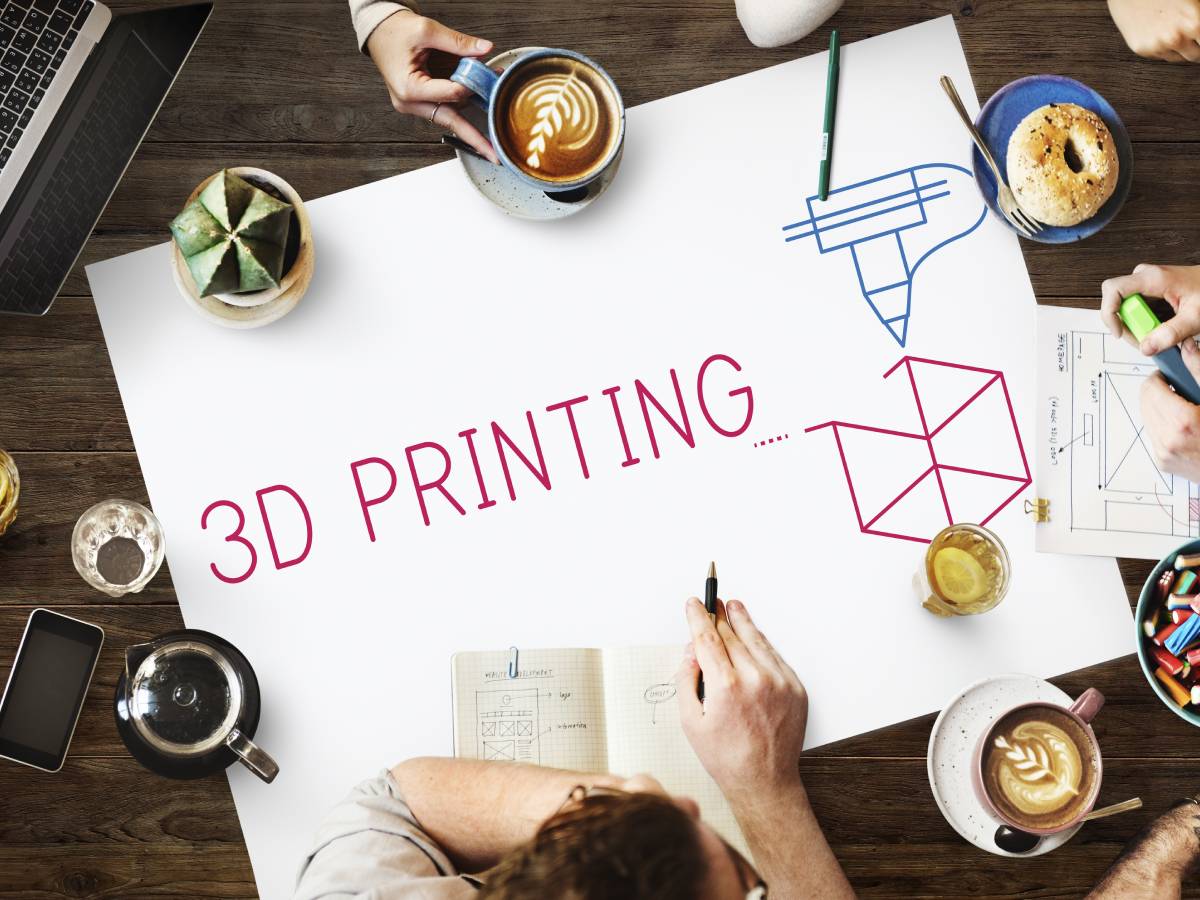3D printing, also known as additive manufacturing, can be a significant asset for your business. Focus on its benefits.
3D Printing – What Is It?
3D printing is one of the most advanced and futuristic technologies. The principle is to produce a piece on demand using a specific printer that can melt and superimpose successive layers of material and connect to a computer. Experts usually talk about additive manufacturing. Various sectors have already bet on 3D printing, such as engineering, architecture, space research, and medicine.
3D printing technologies offer many opportunities for companies. In particular, it is possible to model projects, design prototypes, customize products, industrial parts, components, etc. The range of possibilities seems limitless. Moreover, some projects under development aim to create architectural buildings, food products, and even human tissues.
Company – Why Invest In 3D Printing?
Investing in 3D printing is beneficial in many ways for a business. First of all, it is an opportunity to reduce expenses. Indeed, the cost of 3D printing a part is often more affordable than buying a new feature from a supplier. Alongside this, additive manufacturing facilitates innovation and optimizes the work of production teams who have the tools or parts they need more quickly. They no longer have to worry about deadlines. Finally, it is an eco-responsible mode of production that produces very little waste.
Additive Manufacturing – A Technology Yet To Be Developed
According to a study by Markets and Markets, the 3D printing market is expected to reach nearly $32.7 billion per year through 2023, growing almost 25% per year. Production is no longer limited to just plastic. There are 3D printing systems for concrete, metal, carbon, ceramic, etc.
Nevertheless, although additive manufacturing is booming worldwide, it is not yet destined to be adopted on a large scale.
In addition, companies are faced with various problems, starting with the length of printing times, which are very long. Besides that, equipment and maintenance costs are a brake for many entities. Consumables are also costly, forcing companies to confine themselves to the production of prototypes or individual parts. In addition, it is essential to train employees to master the equipment to produce 3D models. To date, 3D printing devices cannot compete with mass production. However, the situation is not fixed in time and could change in the coming years.
Also Read: 4 Ideas To Start A Business In 2022

